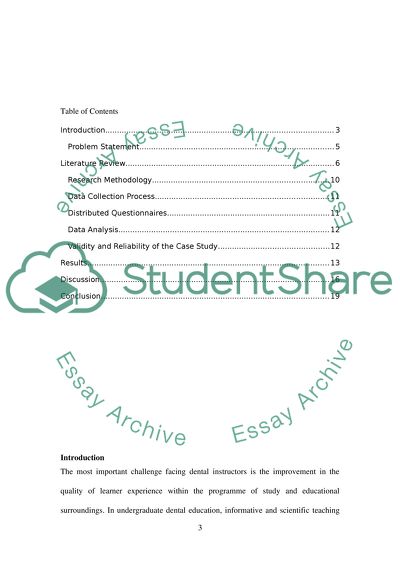Cite this document
(“Students Preference of Theory or Practical Teaching Methods in Essay”, n.d.)
Students Preference of Theory or Practical Teaching Methods in Essay. Retrieved from https://studentshare.org/education/1400912-students-preference-of-theory-or-practical
Students Preference of Theory or Practical Teaching Methods in Essay. Retrieved from https://studentshare.org/education/1400912-students-preference-of-theory-or-practical
(Students Preference of Theory or Practical Teaching Methods in Essay)
Students Preference of Theory or Practical Teaching Methods in Essay. https://studentshare.org/education/1400912-students-preference-of-theory-or-practical.
Students Preference of Theory or Practical Teaching Methods in Essay. https://studentshare.org/education/1400912-students-preference-of-theory-or-practical.
“Students Preference of Theory or Practical Teaching Methods in Essay”, n.d. https://studentshare.org/education/1400912-students-preference-of-theory-or-practical.


